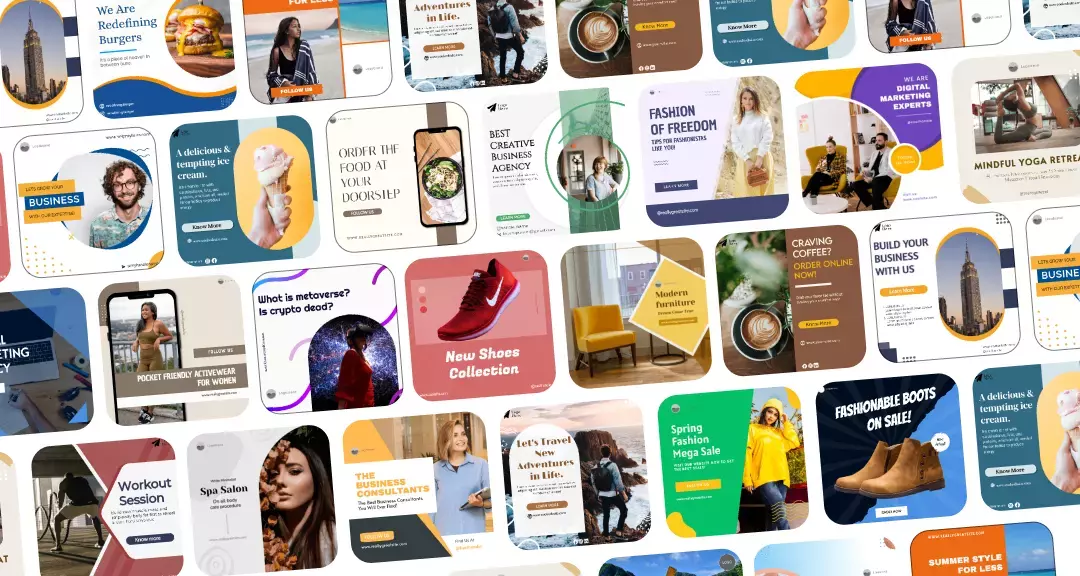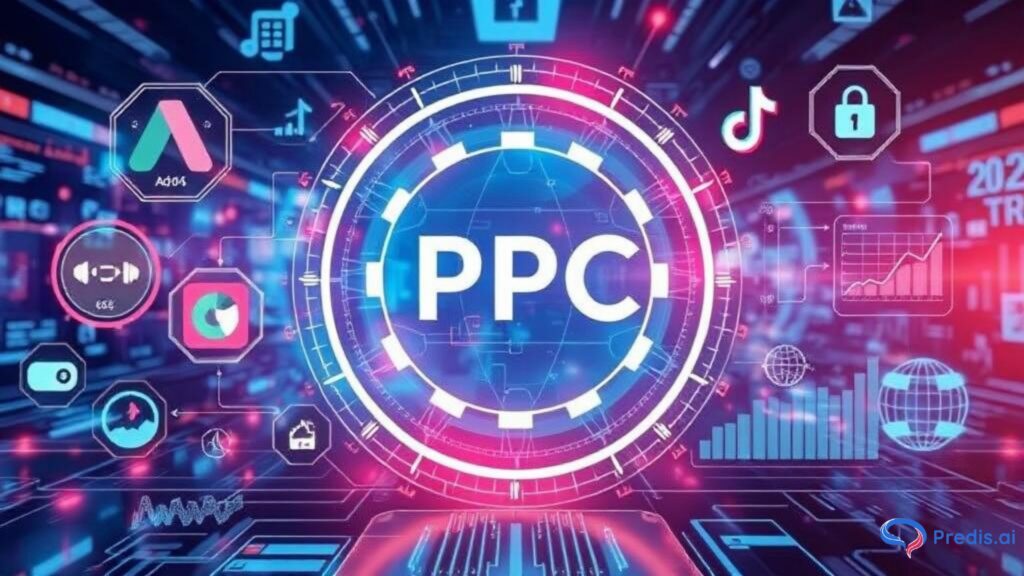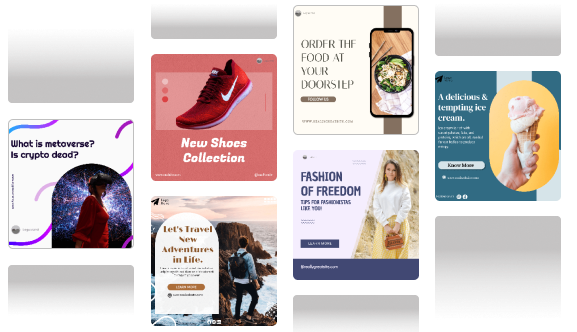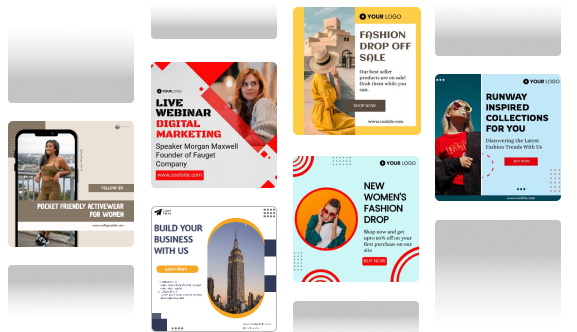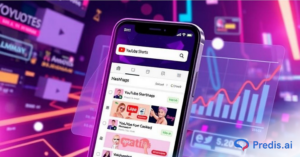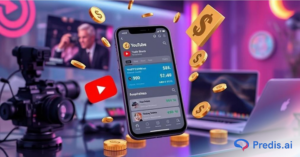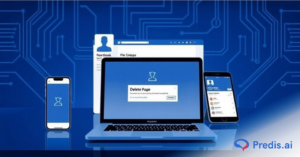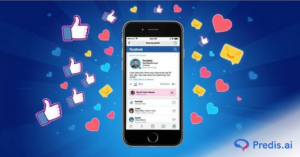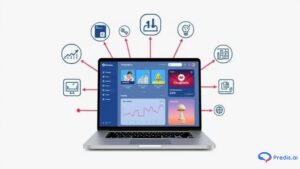1. Introduction – Why AI Is No Longer Optional in PPC
Running PPC campaigns in 2025 is completely different from the early days of Google Ads. What used to be a simple game of choosing keywords, setting a budget, and writing a few ad lines has evolved into a high-speed, data-driven, multi-platform battle for attention, clicks, and conversions.
Clicks are more expensive. Audiences are fragmented across platforms. Privacy rules make tracking harder. Creative fatigue happens faster. Campaigns change in real time. And competition is ruthless.
That’s why PPC can no longer be run manually.
AI isn’t an add-on anymore. It is the engine.
AI is now used to:
- Predict the best bids in real time
- Find new profitable keywords and audiences
- Create multiple ad variations for A/B testing
- Analyse performance and remove wasted spend
- Detect fraud and bot clicks
- Generate visuals and copy at scale
2. The State of PPC in 2025 – What Has Changed
2.1 Manual PPC Management Is Dead
No human can adjust bids, monitor keywords, test audiences, rotate creatives, analyse reports, and cut waste 24/7. AI can – instantly.
2.2 Creative Matters More Than Ever
Most campaigns now fail not because of bad targeting, but because of boring, low-impact creative.
Platforms reward engagement, not just budgets.
AI tools help brands create 10–50 ad versions instantly instead of waiting on designers.
2.3 Tracking Is Less Reliable
Cookies are disappearing, attribution windows are shrinking, and data is fragmented. AI-based modelling and analytics tools now fill those measurement gaps.
2.4 PPC Is Now Multi-Platform by Default
Google Ads, Meta Ads, TikTok, LinkedIn, YouTube, Amazon Ads, Pinterest Ads, Display networks, DSPs…
Managing it all manually? Impossible.
AI brings centralisation and automation.

3. Top PPC AI Tools in 2025
Category 1: AI Tools for Bid & Budget Optimisation
These tools automatically adjust bids, shift budgets, spot wasted spend, and optimise campaigns in real time – saving both time and ad dollars.
1. Optmyzr

Best for: Agencies & advanced PPC managers
What it does:
- Smart bid automation
- Budget pacing & reallocation
- One-click campaign optimisation
- Custom rule engines + alerts
Optmyzr is designed for people who want full control without having to do manual adjustments all day. It acts like a 24/7 PPC analyst – catching performance drops, shifting budgets to winning campaigns, and suggesting optimisation opportunities instantly.
2. Adzooma
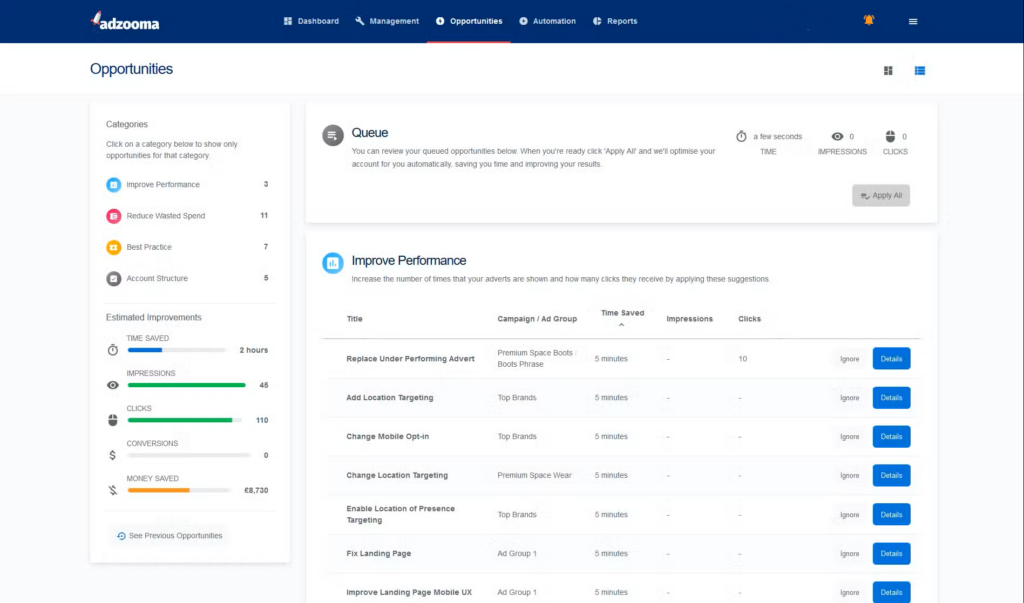
Best for: Businesses running ads on multiple platforms
What it does:
- Automates optimisation across Google, Microsoft & Meta
- Runs performance checks automatically
- Gives “Fix This” recommendations
- Simple UI for non-experts
Adzooma is ideal for brands that don’t want to learn 3–4 dashboards. It centralises PPC management and uses AI to automate routine tasks like pausing bad ads, adjusting bids, or reallocating budget based on ROI.
Category 2: AI Tools for Keyword & Audience Intelligence
These tools help advertisers uncover high-intent keywords, competitor ad strategies, gaps in search intent, and new audience opportunities.
3. Semrush

Best for: Deep keyword + competitor PPC analysis
What it does:
- PPC keyword research & forecasts
- Competitor ad copies & landing page insights
- Negative keyword suggestions
- Market intelligence reports
Semrush is a PPC strategist’s favourite because it reveals what others are bidding on, how much traffic they get, and what ad angles they use — making it much easier to build high-ROI campaigns without guesswork.
4. SpyFu
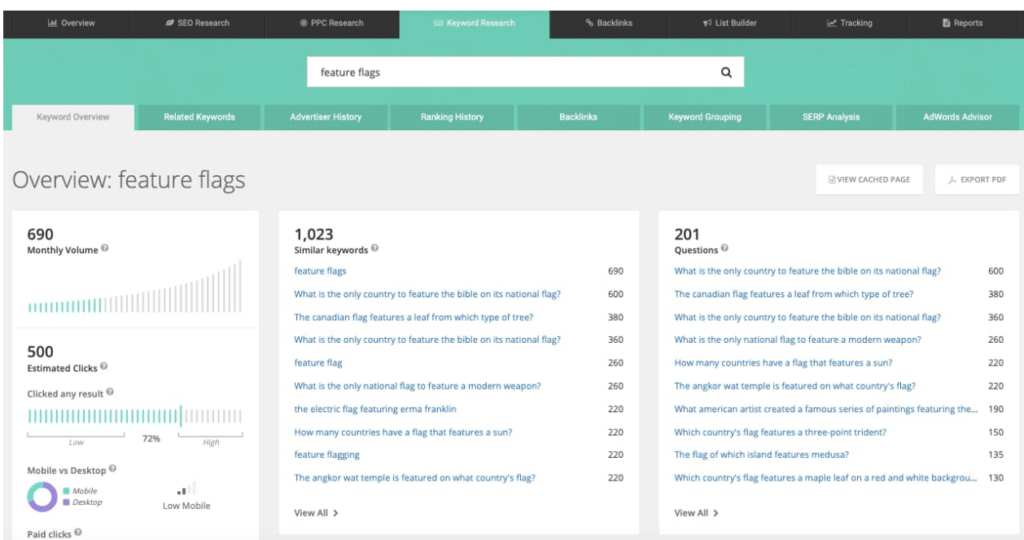
Best for: Stealing competitor PPC strategy
What it does:
- Shows every keyword a competitor has ever bid on
- Reveals winning ad copy history
- Suggests profitable keyword gaps
- Highlights wasted spending areas
SpyFu removes uncertainty. Instead of starting blind, advertisers can see “what already works in the market” and build smarter campaigns faster.
Category 3: AI Tools for Ad Copy Generation
These tools use AI to write headlines, descriptions, call-to-actions, and A/B variations for search, display, social, and shopping ads.
5. Jasper Ads
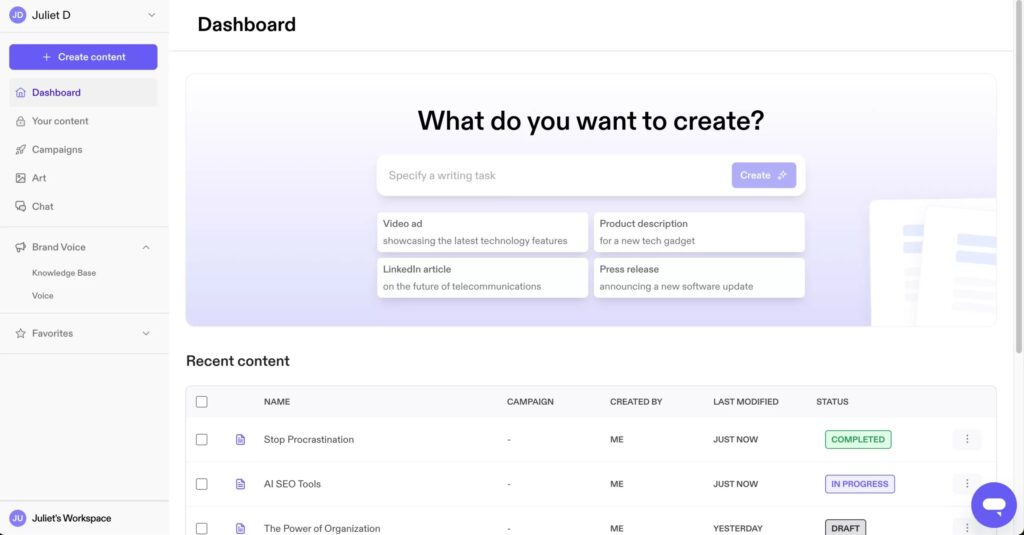
Best for: High-quality, platform-specific ad writing
What it does:
- Creates Google, Meta, LinkedIn & YouTube ad copy
- Suggests multiple tone options
- Generates high-converting angles
- Includes hooks, pain points, urgency triggers
Great for teams that want AI help but still want the ads to sound “human” and conversion-focused.
6. Anyword
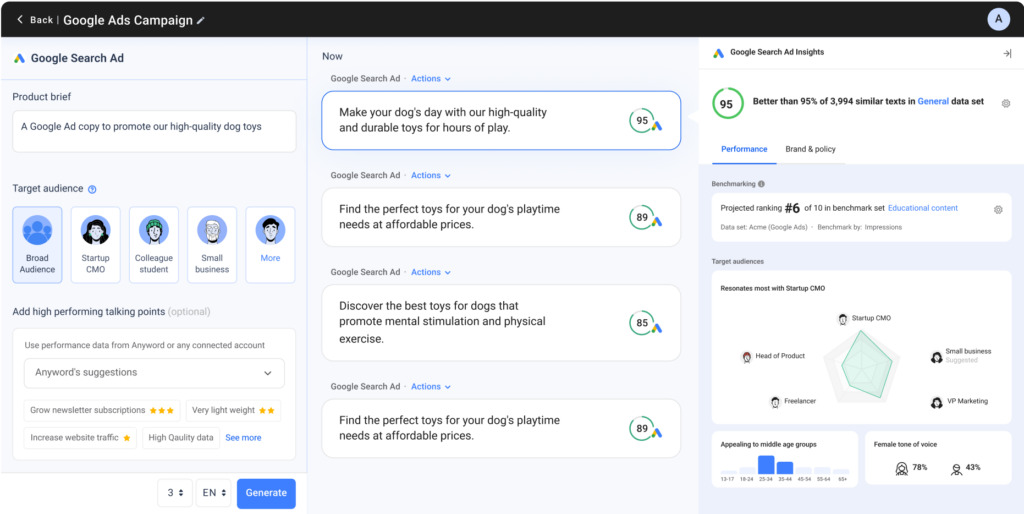
Best for: Conversion-driven ad copy with predictive scoring
What it does:
- AI copy variations with performance prediction
- Tone + brand voice training
- Keyword-optimised ad copy
- Works for ads, landing pages & email
Anyword doesn’t just write ad copy — it predicts how well it will perform using AI scoring. That means you can select the highest-converting version before you even launch.
Category 4: AI Tools for Creative & Visual Ad Generation
This category focuses on ad visuals, not bidding, not delivery – just the creative assets.
7. Predis.ai
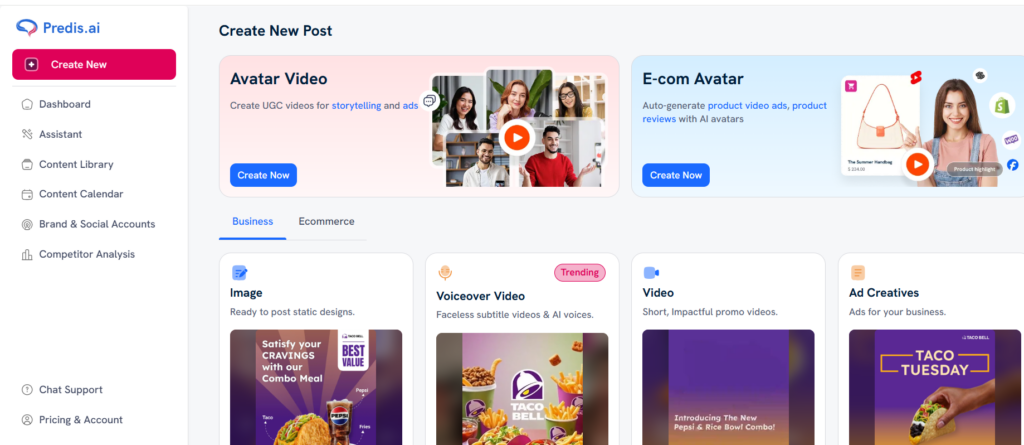
Best for:
Marketers and brands who want high-converting ad creatives without manual design work.
What it does:
Predis.ai generates professional, ready-to-use image ads in minutes using AI. Just add a product link, text, or brand assets, and it instantly produces multiple ad variations that align with your brand colors, style, and messaging. It helps PPC teams scale creative output, test more visuals, and refresh ads faster – all without waiting on designers or agencies.
- Generates ad-ready visuals for Meta, Google Display, TikTok, LinkedIn, and more
- Creates multiple variations for A/B testing instantly
- Auto-applies brand fonts, colors, and layouts
- Ideal for agencies, eCommerce brands, and performance marketers
- Speeds up creative cycles and improves campaign results
Predis.ai gives PPC teams the power to match automation in bidding with automation in visuals – enabling faster testing, better engagement, and stronger overall ad performance.
8. AdCreative.ai
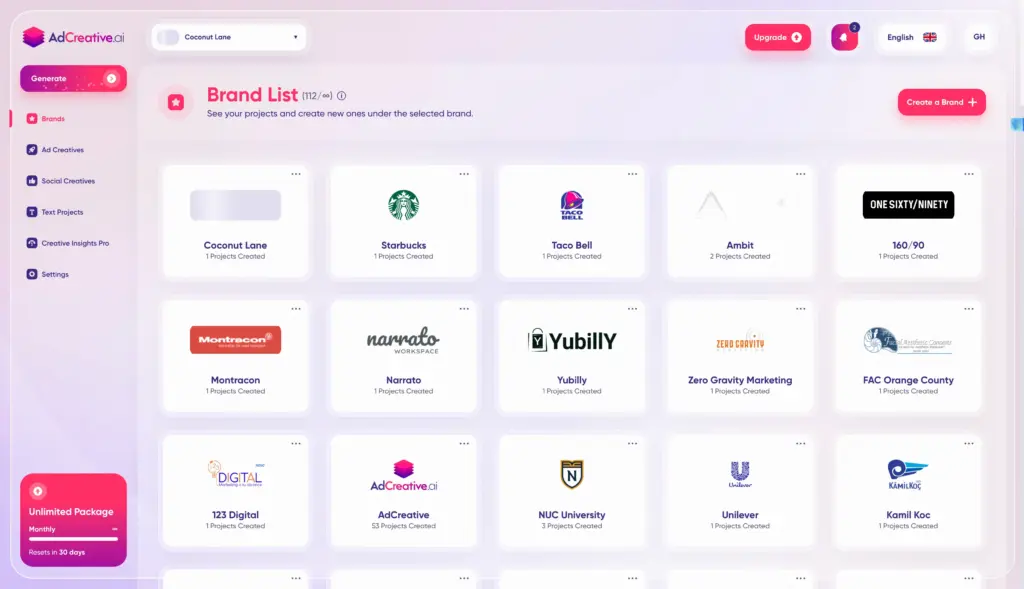
Best for: Fast AI banner and ad design
What it does:
- Creates display, social, and banner ad creatives
- Generates multiple layouts automatically
- Works with product feed uploads
- Supports branded templates
Useful for ecommerce stores and agencies who need lots of banners fast.
Category 5: AI Tools for PPC Analytics & Attribution
These tools help track performance when pixels and cookies fail.
9. Triple Whale
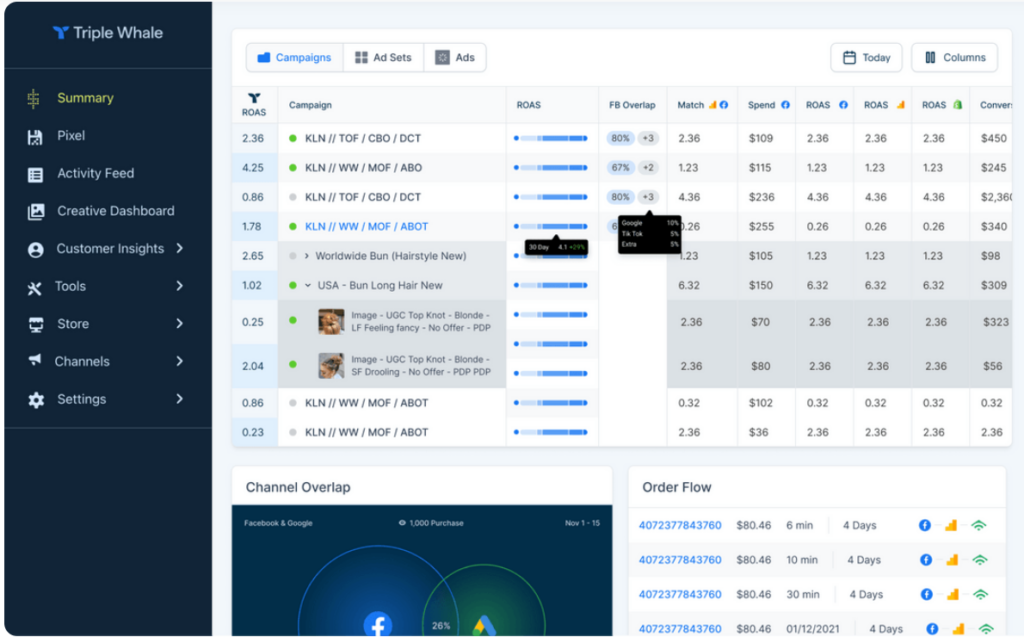
Best for: E-commerce PPC analytics
What it does:
- Tracks blended ROAS across ad platforms
- Attribution modeling using first-party data
- AI dashboards for performance forecasting
- Tracks creative performance by asset
Triple Whale solves a modern PPC headache:
“Which ad platform actually drove the sale?”
Great for Shopify + multi-channel brands.
Category 6: AI Tools for Click Fraud Prevention
Fake clicks = wasted ad budget. These tools protect PPC ads from bots, VPN spammers, and competitor attacks.
10. ClickCease
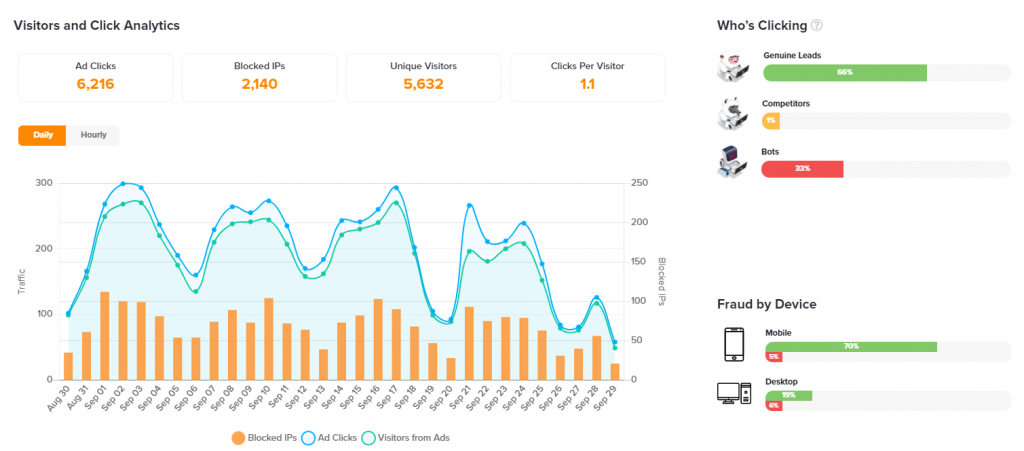
Best for: Stopping invalid clicks & bot traffic
What it does:
- Blocks fake clicks in real time
- Protects budgets on Google & Meta
- Tracks IPs, devices, and suspicious behavior
- Auto-excludes fraud sources
With ad costs rising, every useless click is expensive. ClickCease helps advertisers get more real traffic for the same ad spend, simply by removing fraud.
Example AI-Powered PPC Workflow (2025)
| Step | Tool Example | Purpose |
| 1. Keyword/audience research | Semrush / SpyFu | Find intent & competitors |
| 2. Creative generation | Predis.ai / AdCreative.ai | Create ad visuals |
| 3. Copy writing | Jasper / Anyword | Write ad variations |
| 4. Campaign build + bidding | Optmyzr / Adzooma | Automate bids & budgets |
| 5. Attribution & analytics | Triple Whale | Track real ROI |
| 6. Fraud protection | ClickCease | Block invalid clicks |
6. Best Practices for Using AI in PPC
✅ Do:
- Use AI to scale testing, not to replace strategy
- Refresh creatives every 2-4 weeks to avoid fatigue
- Train AI tools with your real brand voice and data
- Keep humans in control of budgets and brand messaging
❌ Don’t:
- Let the platform decide everything
- Run the same visual for months
- Rely on one tool to “fix everything”
- Ignore click fraud – it drains budgets quietly
7. The Future of PPC + AI
The next phase of PPC will be driven less by manual campaign setup and more by full AI orchestration. We’re already seeing the shift with keyword-less targeting, auto-generated creatives, and automated budget allocation, and this will only accelerate. AI will not just optimize ads, but build entire campaigns, create landing pages, predict winning creatives, and shift ad spend in real time based on performance signals. The marketer’s role will evolve from “campaign operator” to “strategic controller”, guiding the system instead of micromanaging it. In simple terms: AI will handle execution, humans will handle direction, and the brands that adapt fastest will gain the biggest advantage.
8. Conclusion
PPC in 2025 isn’t about who spends more – it’s about who works smarter with AI. The winners will be the brands that launch faster, test more creative angles, reduce wasted spend, and let automation handle the heavy lifting. AI won’t replace marketers, but it will replace manual workflows. And in that new world, having the right stack matters. Tools for bidding, intelligence, analytics, and especially creative production, like Predis.ai, for instance, high-quality image ads will decide who scales and who falls behind. PPC is no longer about managing ads. It’s about mastering the systems that run them.
